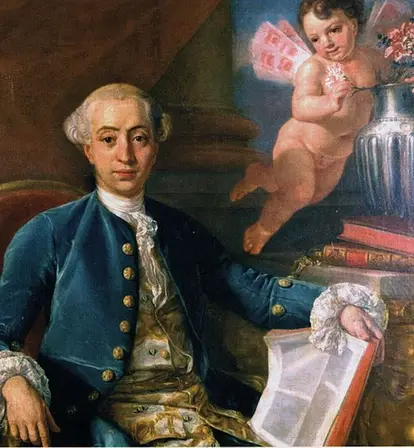Giacomo Casanova's memoirs are celebrated for their thorough depiction of life in 18th-century Europe, but they also detail the escapades of a serial rapist.
Eighteenth century Venice was a city of twisting canals, deceptive masks, seductive music, mysterious fog, cutthroat politics, and dreaded prisons. For a place nicknamed La Serenissima, or serene, the Republic of Venice conjured a fair amount of unease.
Like any good offspring, her favorite son shared these selfsame traits.
Giacomo Casanova was a lover, hero, villain, seducer, rapist, peacock, and libertine. He was certainly shaped in many ways by the charms of his watery homeland, but also found his humid home a trifle stifling — particularly from the I Piombi jail, high in the attic of the Doge’s Palace.
On Halloween of 1756, Casanova pulled off one of the greatest jailbreaks in history, escaping from Venice to continue a life of unapologetic debauchery.
Giacomo Casanova’s Childhood
Even in the pleasure-capital of 18th century Venice, Casanova’s origins were less than blue-blooded. Not born to Venetian high-aristocracy or even respectable merchant class, he was born in April 1725 to two actors, Gaetano Casanova and Zanetta Farussi.
Both parental figures would become archetypes for young Casanova: the latter for abandoning him and forever coloring his association with women, the former for casting doubt on his son’s parentage.
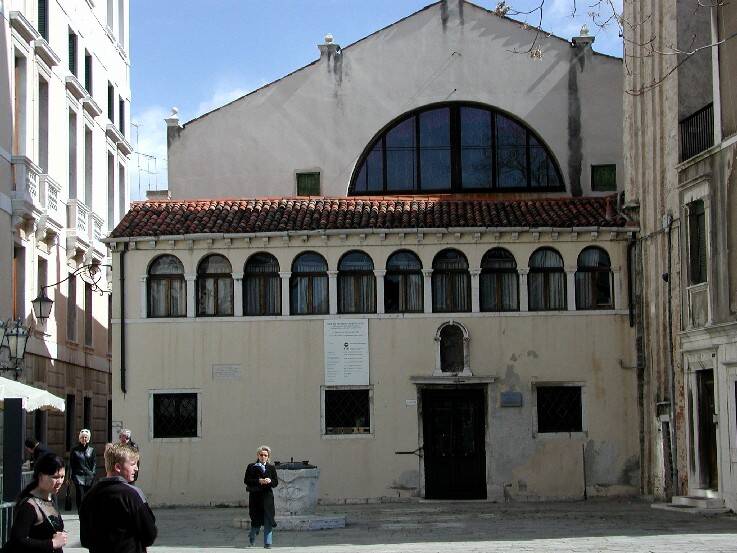
Wikimedia CommonsThe Chiesa di San Samuele, where Casanova was baptized.
Casanova later speculated that perhaps his father wasn’t the lowly Parmesan actor, but Michele Grimani, the theatre owner who employed the Casanovas. Being the bastard half-breed of a courtesan and a noble Venetian was much more on-brand for the educated bon vivant.
Regardless, Casanova was raised in this eclectic, bohemian family, primarily by his grandmother Marzia after his father died and his mother began touring Europe.
Giacomo Casanova was a gawky child, considered slow and prone to nosebleeds. In his memoir L’Histoire de Ma Vie (The Story of My Life), he recalled an incident from when he was eight years old, when his grandmother sought mystical help for his condition. She ferried him through the Venetian canals to the island of Murano.
“Leaving the gondola, we enter a hovel, where we find an old woman sitting on a pallet, with a black cat in her arms and five or six others around her. She was a witch.”
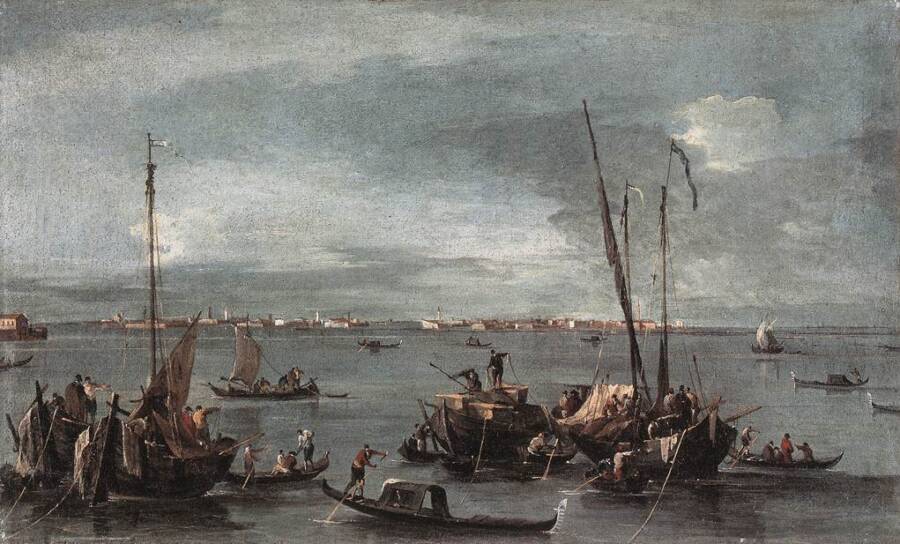
Francesco Guardi/Wikimedia CommonsThe Venetian lagoon, looking toward the island of Murano. c. 1765-1770.
The “witch” treated him and told him he’d be visited by a beautiful stranger. Later that night, a dazzling woman climbed down the chimney and spoke to him in words he couldn’t understand, and kissed him.
When she left, he remained unchanged at first.
Then, for the first of many times, a woman’s touch changed the course of his life. His health improved, and in less than a month he learned to read.
“It would be ridiculous to attribute my cure to these two absurdities,” Casanova wrote, “but it would be a mistake to hold that they could not contribute to it….Nothing is harder to find than a learned man whose mind is entirely free from superstition.”
Young Casanova: The Youth Of A Libertine
When he was nine years old, little Casanova was sent 20 miles inland to Padua — for the drier air, and to receive an education.
After a flea-bitten start in Padua with a neglectful landlady, Casanova roosted with the schoolmaster-priest Dr. Antonio Maria Gozzi. Thanks to the priest, the boy grew familiar with theology, classical languages, and music. Above all, he became acquainted with Bettina, Gozzi’s pretty teenage sister.

Wikimedia CommonsYoung Giacomo in a sketch by his brother, Francesco.
Bettina cared for his hair, brushing out the vestiges of neglect from the Paduan landlady.
“She washed my face and neck and chest,” Casanova later recalled, “and gave me childish caresses which, since I was bound to consider them innocent, chided myself for letting them trouble me all the more….She aroused the most intense emotions in me.”
Casanova’s encounter with Bettina awakened a lifelong pursuit of women in the world’s most notorious womanizer.
“I was born for the sex opposite to mine,” Casanova later reflected. “I have always loved it and done all that I could to make myself loved by it.”
Casanova’s Middle Years
Not to spoil the ending, but Giacomo Casanova never did get together with Bettina. He did, however, enter the University of Padua in 1737 at the age of 12. He graduated with a law degree at age 17.
His quick wit and education allowed him to preen with the upper echelons of Venetian society, first with Senator Alvise Gasparo Malipiero, then with Don Matteo Bragadin, when Casanova saved the patrician’s life and he suffered a stroke.
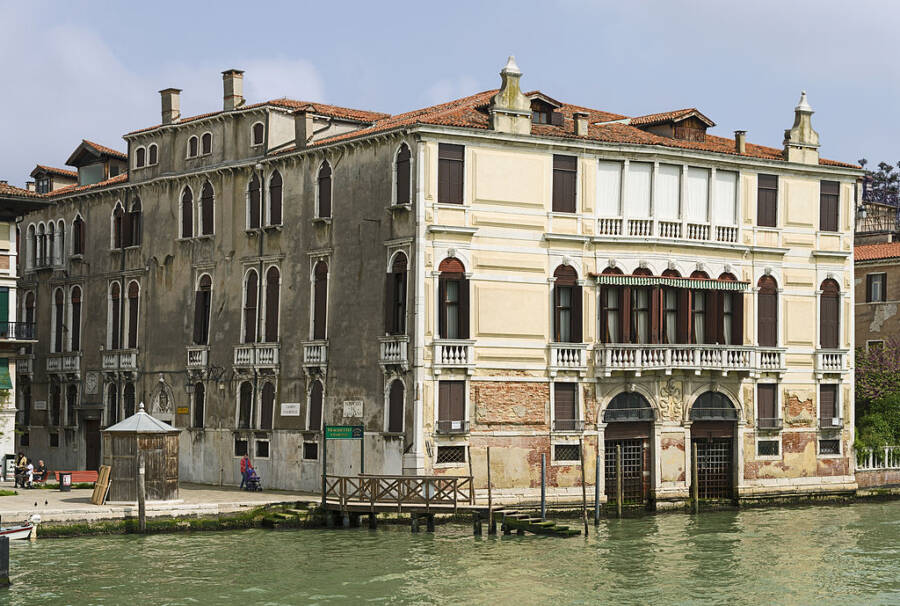
Wikimedia CommonsCasanova stayed at the Palazzo Malipiero in Venice during his teenage years.
Throughout all, he dabbled in dalliances with myriad young women, from serving girls to musicians, to sisters and nieces of friends.
Two such instructive examples were Nanetta and Marta, sisters of his sworn — at the time — love, Angela, all Dr. Gozzi’s relatives.
One night, sharing a bed, he turned to one sister — he wasn’t sure which — and deflowered her. He turned to the other and did the same, losing his own virginity in a lascivious, quasi-incestuous ménage.
Thus the career of this libertine was conceived, born, and nursed in the lagoons of Venice. His sexual travels stretched the whole of Europe, from the alleys of Rome to the Domes of Constantinople, whether on a Pope’s pretext or to satisfy his own wanderlust.
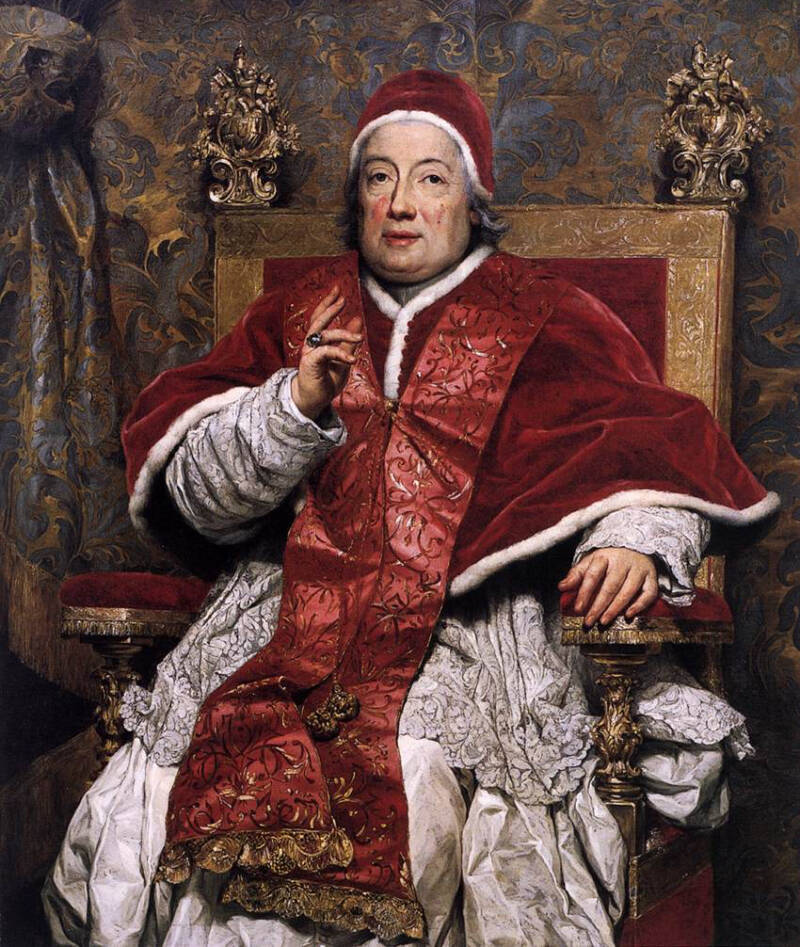
In a move that would have raised eyebrows today Pope Clement XIII awarded Giacomo Casanova the Order of the Golden Spur.
Unforgettable Henriette
On one of these jaunts through Europe, Giacomo Casanova met his match.
While in his 20s, Casanova encountered a lovely young Frenchwoman disguised in men’s clothing and escorted by a Hungarian officer. In his memoir, he called her “Henriette.”
Her seductive mélange of wit and polish belied her masculine weeds — this was clearly a noblewoman on the run. Some have posited her true identity was Anne Adélaïde de Gueidan, daughter of a French aristocrat and government official, though no one knows for sure.

Claude Arnulphy/Wikimedia CommonsAnne Adélaïde de Gueidan and her sister. Anne is suspected of having been Casanova’s precious “Henriette.”
Casanova followed this fugitive lady, and as she slowly peeled back layers of herself, such as her aptitude for music, he grew more and more in love with her.
“They who do not believe that a woman is capable of making a man equally happy all the twenty-four hours of a day have never known a Henriette,” he wrote. “The joy that flooded my soul was far greater when I conversed with her during the day than when I held her in my arms during the night.”
Casanova’s Hitchcockian love inspired him to turn inwards — it was during this time that he learned French, the language of choice of European courts in the 18th century.
The love between a libertine and a noblewoman was ultimately doomed, but it would become a pattern of Casanova’s to fall for an ultimately unattainable woman in trouble, help her, seduce her, and say his goodbyes.

Canaletto/Wikimedia CommonsThe entrance to Venice’s Grand Canal, c. 1740.
Ultimately, this is what happened with Henriette. When the star-crossed lovers reached Geneva, she informed Casanova it was time for them to part ways. She left nothing behind but a 1700s-style “Dear John” letter, etching “Tu oblieras aussi Henriette” — “You will forget Henriette too” — onto a windowpane using a diamond ring Casanova had given her.
She was wrong. He’d never forget Henriette.
He did move along, first to Paris, where he became embroiled in the court of King Louis XV at the sumptuous Versailles, setting the king up with one of his cast-off lovers, the Irish-descended Marie-Louise O’Murphy.
But like pigeons circling the piazzas and cross-hatched canals, Casanova always found his way home to Venice.
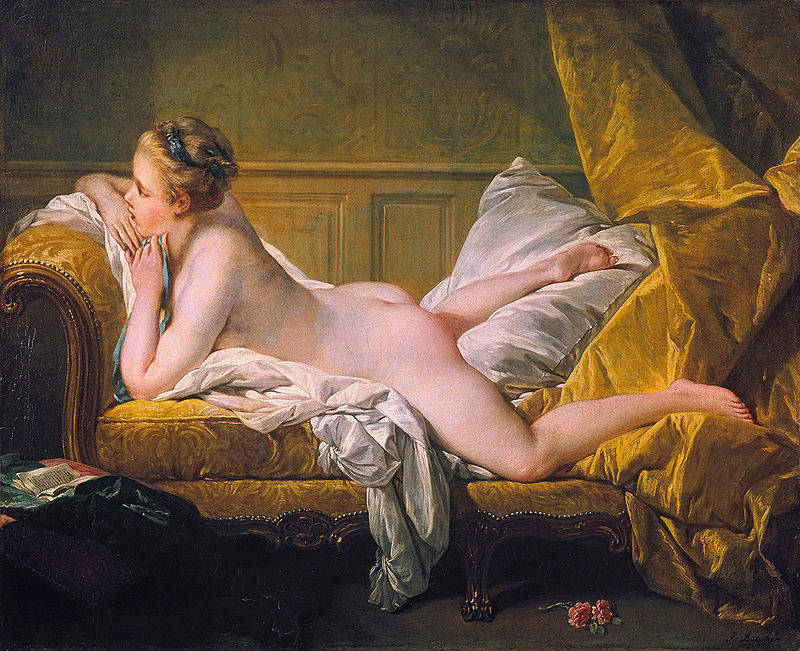
Wikimedia CommonsMarie-Louise O’Murphy, one of Casanova’s cast-off lovers who later became a king’s mistress, captured by French painter François Boucher, c. 1752.
Casanova’s Arrest in Venice
Despite soaring to impressive heights for his station, Giacomo Casanova’s connections couldn’t buy him freedom — or innocence.
After returning home in 1753, he ran afoul of the Venetian Inquisition, an ironic counterpoint to a city known for its debauchery, which sought to maintain order and Catholic orthodoxy.
On a sticky night in the summer of 1755, Casanova was arrested for nearly every 18th century vice imaginable: blasphemy, cabalism, gambling, astrology, and Freemasonry.
His sentence included a stay at the dreaded I Piombi prison, high in the attic of the Doge’s Palace, so named for the lead roof that crowned the building. In summer, the roof attracted the hot Venetian sun, transforming the cell into an oven. In winter, it attracted the cold maritime drafts. Year-round, the cells attracted fleas and vermin.
Giacomo Casanova, libertine, dreamed day and night of his liberty.
Escape From The Prison At Doge’s Castle
Casanova craved freedom as much as he craved nice clothes, luxe furnishings, and women. Realizing his cell lay above the Inquisitors’ chambers, he began to plot his escape when he happened upon an iron bar and carved it into a crude pick.
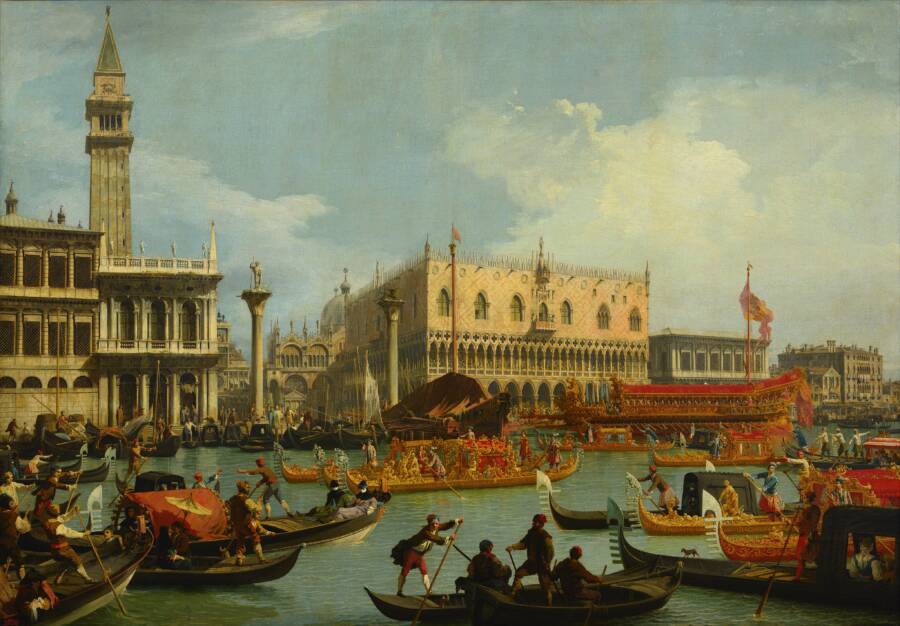
Wikimedia CommonsVenice, as painted by Canaletto in the 1720s. Doge’s Palace stands in the center.
He dug and he dug, already tasting the freedom of lagoon air and a louse-less bed. He plotted to escape on August 28, St. Augustine’s Day, when the Inquisitors’ rooms were guaranteed to be vacant for the holiday.
Three days before his escape, he was moved to a better room, despite his protestations.
“I sat in my armchair like a man in a stupor,” he wrote. “Motionless as a statue, I saw that I had wasted all the efforts I had made, and I could not repent of them. I felt that I had nothing to hope for, and the only relief left to me was not to think of the future.”
Once he recovered from this bitter disappointment, he resolved to keep trying, roping in a fellow prisoner and dissolute priest named Father Balbi.
This proto-Edmond Dantès and the disgraced holy man bored together through the rotten wood of the Doge’s Palace like carpenter bees. Balbi, after carving a hole in his own cell’s ceiling, proceeded to carve out Casanova’s ceiling as well.
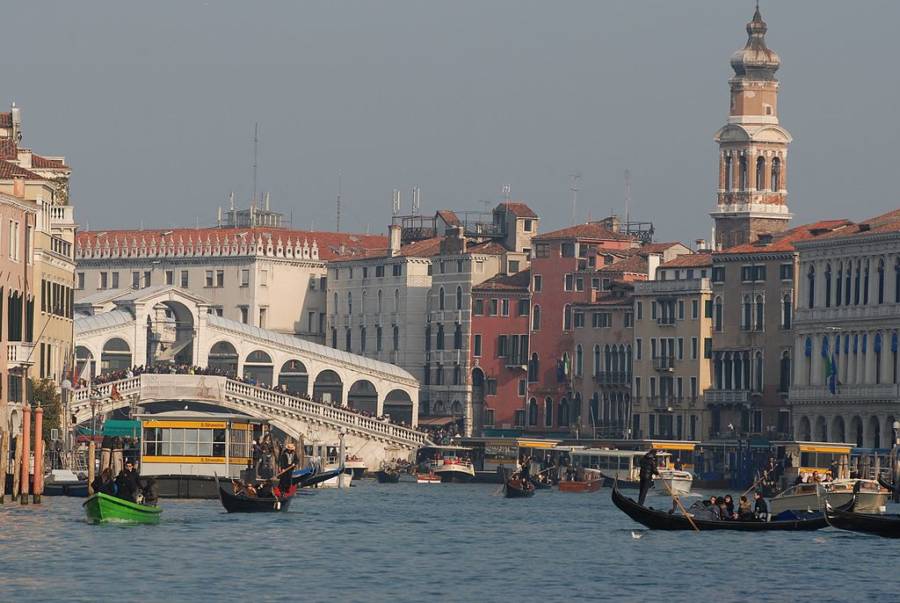
Wikimedia CommonsVenice, the city that Casanova called home.
Finally, on Halloween of 1756, the pair were greeted with the wink of a crescent moon above Venice.
Reflecting on his time, he eulogized:
“Giacomo Casanova who writes this in the bitterness of his heart that he is liable to the misfortune of being caught before he leaves the State and returned to the hands of the whose whose sword he seeks to flee, in that case he appeals on his knees to the humanity of his generous judges.”
The note he left in his cell was decidedly more defiant:
“Since you all did not ask my permission to throw me in jail, I am not asking for yours to get out.”
Wolf on the Lam
Giacomo Casanova and the priest may have escaped their cells, but they were not yet free.
The unlikely pair traversed the pitch of the roof, careful not to plunge into the narrow canal below. Wrangling their way into a chamber below, they holed away, caught some rest, and changed their clothes.
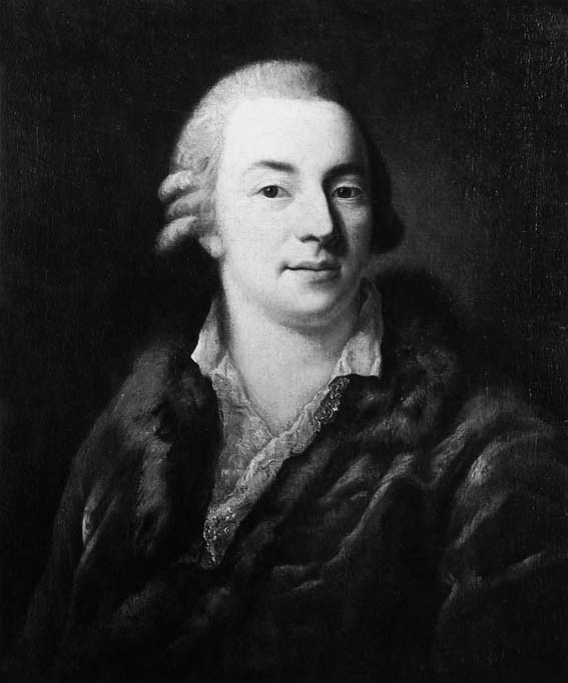
Wikimedia CommonsGiacomo Casanova in 1774, in a portrait by Alessandro Longhi.
In the morning, they managed to convince an attendant that they had been locked in the palace after an official function the night before. At 6 o’clock in the morning, blinking in the sun out of his cage for the first time in months, Casanova was free.
The pair fled Venice for the mainland in a gondola, going their separate ways.
From there Casanova continued his wanderings, first to Paris, where he helped establish a lottery to enrich France’s coffers — as well as posing as a magician, opening a silk factory, and having sex with about every woman he encountered.
Casanova, the wolf of women, was on the lam. He drifted to Amsterdam and Dresden, finally finding his way to the Castle of Dux, in the coal country of modern-day Czech Republic where he was employed as a librarian.
Hunched over great tales instead of living them, he spent his days translating the Iliad, writing his memoir, and arguing with the kitchen staff about pasta.
Casanova’s Dark Truth
For all the romanticism surrounding the 18th century Venetian — much of it promoted by Casanova himself in his famous memoir L’Histoire de Ma Vie and perpetuated by centuries of men jealous of his “conquests” – there was certainly a dark side to Giacomo Casanova.
For every tender love affair of his, there were plenty of instances where he outright raped and abused. In several instances, children were the objects of his “affection.”
In the 1740s, according to Paolina’s Innocence: Child Abuse in Casanova’s Venice by Larry Wolff, Casanova purchased a girl’s virginity from her own mother and beat the girl when she wouldn’t submit to sex. A couple decades later, in St. Petersburg, he bought a 13-year-old sex slave.
In 1774, at the ripe old age of 50, Casanova ran into a former lover, Irene, with her nine-year-old daughter. By his account, the little girl “did not reject my caresses.” He even encouraged Irene to offer her daughter to a wealthy baron, “who loved little girls as much as I did.”
From his own account, he had 120 sexual partners and sexual victims — nuns, underage girls, possibly some eunuchs. By his own account, he even impregnated his own daughter, Leonilda, years after he engaged in a threesome with her and her mother.
“I have never been able to understand how a father could tenderly love his charming daughter without having slept with her at least once,” he wrote.
Not all of Casanova’s behavior could be ascribed to “the time he lived in.” As the Huffington Post points out, fully grown men engaging in sex with adolescent or pre-adolescent girls was not nearly as common as one might think after reading Casanova’s memoirs. Rather, the man was so sex-obsessed that he saw violating a nine-year-old as something worthy of honor and celebration rather than a sign of perversion.
Legacy of a Libertine
To say Casanova’s legacy is colorful doesn’t paint the full picture — it’s as multi-hued as the Venetian homes of Burano.
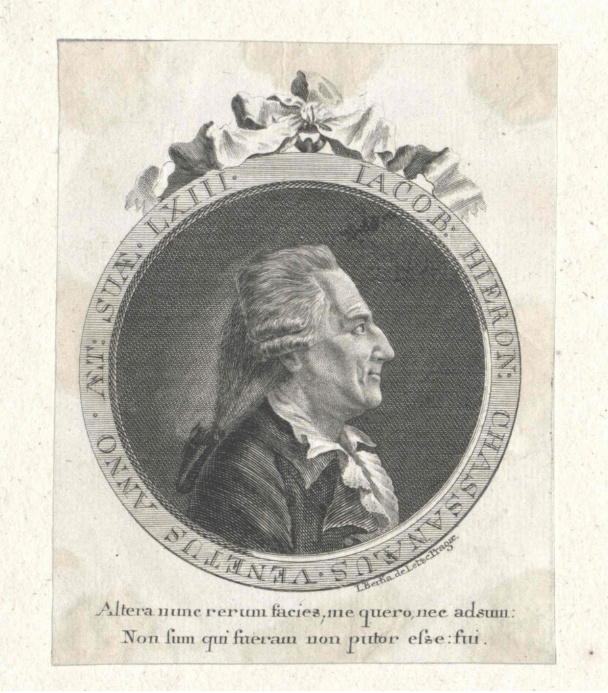
Austrian National LibraryA portrait of Casanova in 1788, when he was 63 years old.
He was a pioneering travel writer and unparalleled charmer, having rubbed shoulders with Mozart, Catherine the Great, and Benjamin Franklin.
In 1797, the Republic of Venice dissolved and Napoleon Bonaparte seized the Venetian islands. The next year, Casanova died at Dux; his gravesite remains unknown to this die.
From a pitiable childhood to an enchanted youth to a dissolute old age, Casanova flew higher and fell farther than anyone could have anticipated, becoming a synonym for lust and decadence. He was a grand facade built on crumbling foundations — much like the grand palazzos of Venice.
For more tales of 18th century decadence and depravity, read on about Marie Antoinette’s incredible jewelry collection or the French executioner Charles-Henri Sanson, who reportedly killed 3,000 people.
